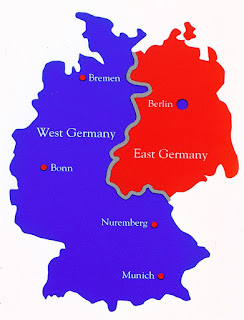NEWS REVISION - CONTEXTUAL ISSUES
How are the institutional backgrounds of the two papers different? Who owns them? What are their news values? How do their ideologies differ? The Guardian follows a left-wing institution whereas the Daily Mail follows a conservative, right-wing institution. The Guardian is owned by the 'Scott Trust'. The Daily Mail is owned by the 'Daily Mail & General Trust' Though a major difference between this ownership is that the Mail has always been owned by the same family (limited news values) The Guardian focuses on hard-news such as politics The Daily Mail focuses on sensationalised news, with a lighter celebrity focus Their ideologies can be shown through the genre of each paper, as the Guardian is a broadsheet newspaper but in a physical tabloid format. Thought the Daily Mail is both a tabloid in physicality and content. What are the social, cultural and political attitudes of each newspaper? The Mail focuses on...
